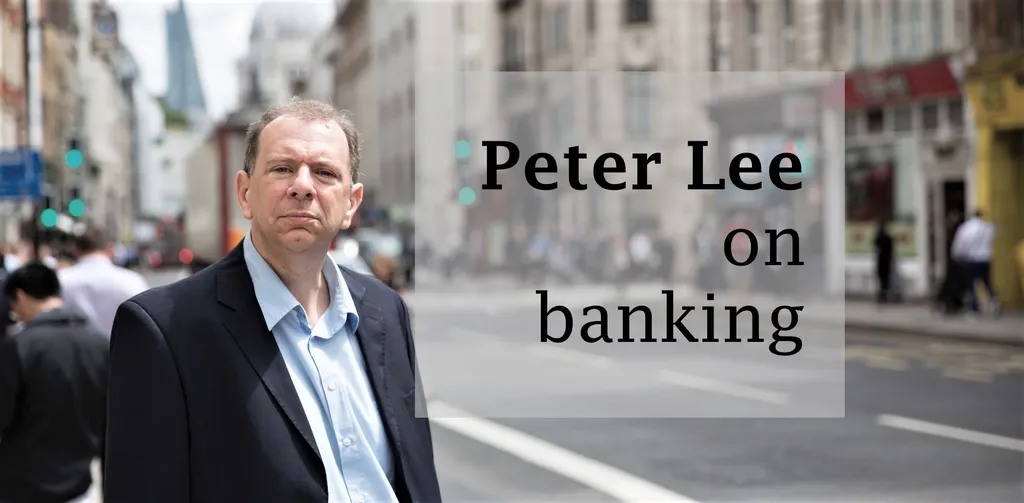On February 14, Cotiviti, the US-based healthcare data, technology and payments provider, announced a recapitalization that will see KKR acquire half the company from Veritas, the private equity firm that took Cotiviti private back in 2018.
The deal has been a long time coming. Carlyle had seemed close to an agreement at the start of 2023, backed by financing from private credit funds, but could not close the deal. Now, as co-sponsors with equal equity stakes, KKR and Veritas will allocate what they describe as “significant capital” to fund growth investments related to commercial expansion and new product development.
It may only be the secondary sale of a stake in the company, but the associated $5 billion seven-year term loan and $600 million five-year revolving credit that will fund KKR’s acquisition, repay the company’s existing debts and provide balance-sheet cash, represents one of the biggest leveraged buyout financings for a long while.
And the identity of the lenders could mark a new shift in a leveraged buyout market that went quiet in 2023 but looks to be reopening.
Back in the game
Last year, most of the deals that did get across the finish line were funded by direct lenders at high margins, taking advantage of a period of risk aversion among banks who pulled back from leveraged loans. But the strong performance of the US economy and low default rates appear to be reviving their appetites.
“Banks are back in the game,” says Christina Padgett, head of private credit research at Moody’s, which has given a B2 rating to the company’s proposed senior secured first-lien credit facilities.
Padgett says: “Over the past two months, we’ve been watching a growing roster of borrowers flip from private credit back to the broadly syndicated loan (BSL) market to nab cheaper refinancing deals, as inflation moderates and monetary tightening seems likely to wane.
“In some cases, borrowers are saving more than 200 basis points.”
It remains to be seen if other providers attempt to compete for this revenue in a country where half the population has healthcare insurance from just five providers
Talk in the market is that JPMorgan is leading the term loan and Goldman Sachs the revolving credit, with suggested margins of 350bp over Sofr on the seven-year. Private credit funds had been demanding 525bp margins or more when banks were side-lined in 2023.
Banks’ renewed appetite comes after they reported low credit costs for 2023 in their corporate and investment banking divisions, even as charge-offs and provisioning stepped up on unsecured retail lending, including on credit cards.
Many high-yield bond issuers have been able to secure refinancing deals in recent months while new collateralized loan obligations have been ramping up to provide leveraged loans.
Cotiviti provides an intriguing test to bank lenders. Moody’s estimates its ebitda leverage multiple pro-forma for the new financing at 6.5 times its September 30, 2023, financials. That is on the edge of what banking regulators expect banks to do.
But Moody’s points out that by the end of 2025, leverage could be down to the low five times, thanks to likely revenue growth and strong profitability.
Benefit of complexity
Cotiviti stands to benefit from the increasing complexity of healthcare payments, amid higher claims volumes from an ageing population along with increasing enrolment in Medicare. That will drive demand for payment technology solutions.
It remains to be seen if other providers attempt to compete for this revenue in a country where half the population has healthcare insurance from just five providers.
At the start of this year, the big worry for private credit funds was of rising default rates eating into high returns as some direct lenders had to extend terms to troubled borrowers and pretend these were still good loans. It was hoped that private equity would inject more capital.
“US high yield spreads are still in the tightest quartile and pricing in a 2% default rate, which may be plausible in a soft landing but unthinkable in a hard landing,” one investor told us in January. “Europe and the UK offer much better value, with triple-Cs offering their widest yields ever compared to the US. There, investors in private credit should be looking out for the leading indicators of credit stress.”
Meanwhile direct lenders themselves were bemoaning the lack of opportunities to lend at high margins on tight documentation because private-equity sponsors did not want to sell at historically low valuations and deals had been drying up. They were not worrying about competition.
“We lend to companies in the $10 million to $100 million ebitda range,” one told me. “That’s a segment that was disintermediated 10 years ago, where banks provide less than 10% of the lending.”
But while direct lenders had been worrying about losses on old loans, maybe the bigger threat was hiding in plain view: banks preparing to lend again and cutting into their margins on new ones.




